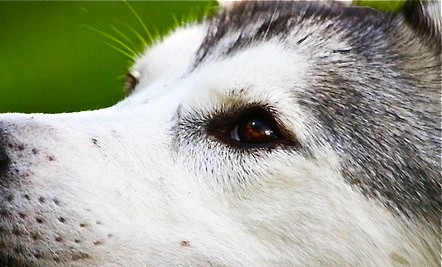With Christmas around the corner, you’d find that there’s more chocolates gifted than you’d be able t consume. So we are not surprised that there’d be a lot lying around in your residence.
With chocolates readily available, that presents an ample opportunity for furbies to easy access the tasty treat with minimal effort. Most, if not all fur parents know the dangers when your furbie consumes chocolate. Theobromine, a member of the methylxanthine chemical class (which also includes caffeine), is found in varying concentrations in chocolate.
Unlike humans, dogs slowly metabolize theobromine and are more susceptible to toxicity from chocolate consumption. The common body systems that are affected and their associated clinical signs include (but are not limited to):
Cardiovascular – increased heart rate and arrhythmia
Gastrointestinal – vomiting, diarrhea, and increased water consumption
Neurologic – restlessness, muscle tremors, and seizure activity
Urogenital – increased urination or urinary incontinence
The highest theobromine concentrations are found in baking and dark chocolate, while semi-sweet and milk chocolate contain lesser but still concerning levels. Chocolate flavoured commercial products and baked goods have the lowest theobromine concentrations. Fat, sugar, and other ingredients (alcohol, preservatives, sugar alcohols, etc.) can also exacerbate the signs of chocolate toxicity.
Here’s a possible treatment course under the expert hands of your trusted veterinarian :
Emesis induction
An intravenous injection of Apomorphine induces vomiting. If your furbie had taken some food prior to ingesting chocolate, having a full stomach helps to promote clearance of undesirable gastric contents.
Emesis Reversal
After vomiting, an injection of Naloxone is given. It partially antagonizes the effects of Apomorphine to reduce the further urge to vomit.
Antiemetic and Antacid Drug
When the vomiting stops, injections of Cerenia (maropitant citrate) and Pepcid (Famotidine) is administered to further diminish vomiting and reduce his stomach acid level. (respectively)
Activated Charcoal
This black, thick liquid binds to toxins in the digestive tract to prevent their absorption and facilitate clearance in the bowel movements. It should be highlighted that charcoal not containing Sorbitol (a sugar alcohol which facilitates digestive clearance) should be used as there is a potential risk of inducing electrolyte abnormalities.
Fluid Therapy
To promote faster excretion of chocolate’s stimulants through the kidneys and to make up for body water lost through vomiting or potential episodes of diarrhea, a dose of subcutaneous (under the skin) fluids should be administered.
When appetite has been normalised, the defecate produced should be softer/darker (nearly black) from the activated charcoal for the next 24 hours.





